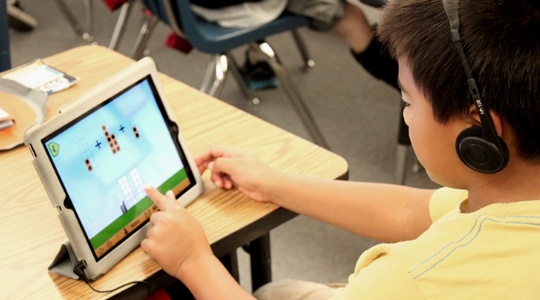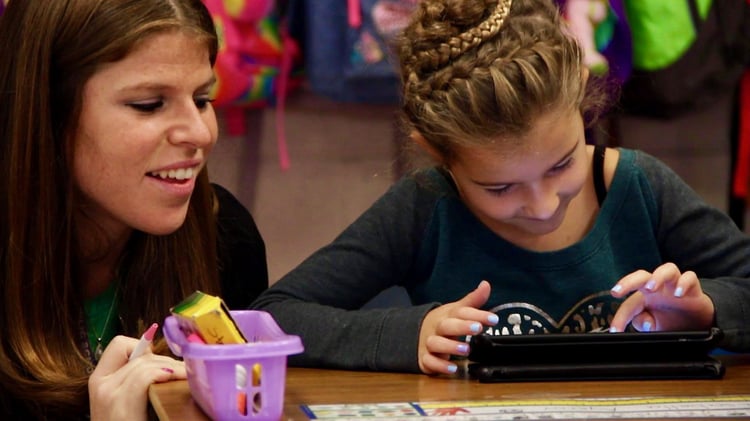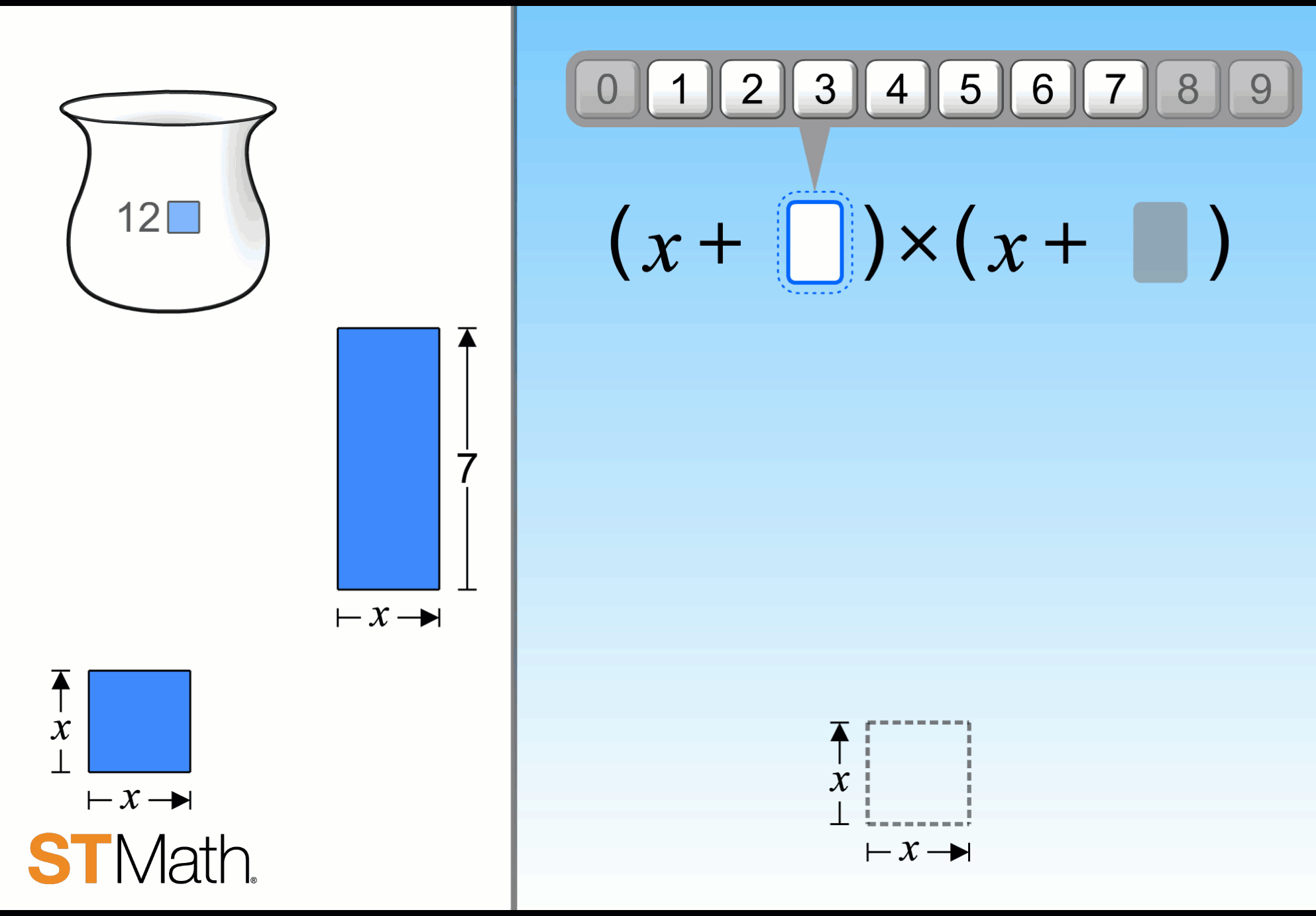
Access to technology is not enough to improve student learning. A 2015 study by the Organization for Economic Cooperation and Development found that simply having access to computers and other digital devices had no impact on students’ proficiency in reading, math, and science. Other studies on various education technology programs show varying amounts of impact.
Why do we see such a range in the impact of education technology on student test scores?
The U.S. Department of Education, Office of Educational Technology released a Learning Technology Effectiveness report based on over fifty research articles. The report found that learning with technology is enhanced when students are engaged in the following strategies:
When you look at the methodology behind ST Math, a program showing consistent results across the United States, there is a lot of overlap with the Office of Educational Technology’s findings.
How? By using game-based learning.
These four powerful game mechanics within the ST Math® program are helping students build a deep conceptual understanding of math that lasts beyond testing season.
So much so that ST Math has won several awards in this area, including the SIIA CODiE Awards in 2019 for "Best Mathematics Instructional Solutions for Grades PreK-8" and "Best Overall Education Technology Solution" and in 2018, "Best Game-Based Curriculum Solution."
Play the games for yourself to experience the power of these game mechanics.
Mistakes are the perfect opportunity for learning and games provide a low-risk way for students to learn through mistakes.
But just knowing that you got it wrong isn’t enough.
Informative feedback is crucial for activating the mind’s perception-action cycle. We perceive the world, perform actions, perceive the results, and adjust our actions in response...all in a cycle that repeats again and again. This forms the basis of our brain’s ability to learn, think and solve problems.

This informative feedback offers an intrinsically motivating learning experience that deeply engages students at all levels.
Experience informative feedback for yourself by playing this free sample game.
When math concepts are first presented without the use of language and symbols, it enables all students to access the critical thinking and visual problem solving at the heart of mathematics.
Students first learn concepts visually in ST Math. Gradually, language and symbols are introduced enabling all students to apply mathematical foundations and problem solve those standard questions normally found on tests.
Move the slider above to see how language and symbols are gradually introduced, then play the featured game to experience math without words.
How can we reach all students at their own level?
Personalized learning means that students get the instruction they need, when they need it.
- Education Elements
Students work at their own pace and get adaptive animated feedback that personalizes their experience according to their unique needs. As a result, students are empowered to work through any obstacle as they make their own pathway to mastery.

Experience how students take their own path to mastery.
Memorization of algorithms and formulas is not enough. Tests today feature problems that your students may have never seen before.
We don’t need students to calculate quickly in math. We need students who can ask good questions, map out pathways, reason about complex solutions, set up models and communicate in different forms.
-Jo Boaler, Professor of Mathematics Education at Stanford University
When we present math concepts in non-routine ways, it require students to think outside the box and creatively apply what they have learned to solve challenging problems. As a result, students experience autonomy as they learn to transfer their knowledge at each increasingly rigorous step of the learning path.
ST Math puzzles utilize a variety of visual models to present math concepts in non-routine ways, thoughtfully sequenced to help students build a deeper understanding of math concepts.

Experience non-routine problems that build creative problem-solving skills.
Ready to experience how these four game mechanics guide students to deeper conceptual understanding of mathematics?
Want the latest from ST Math? Sign-up for our ST Math newsletter and be the first to hear about our offers and announcements.

Calli Wright was the Marketing Manager at MIND Research Institute. She loves playing and designing board games, which she often talks about on twitter @CalliWrights.
Comment